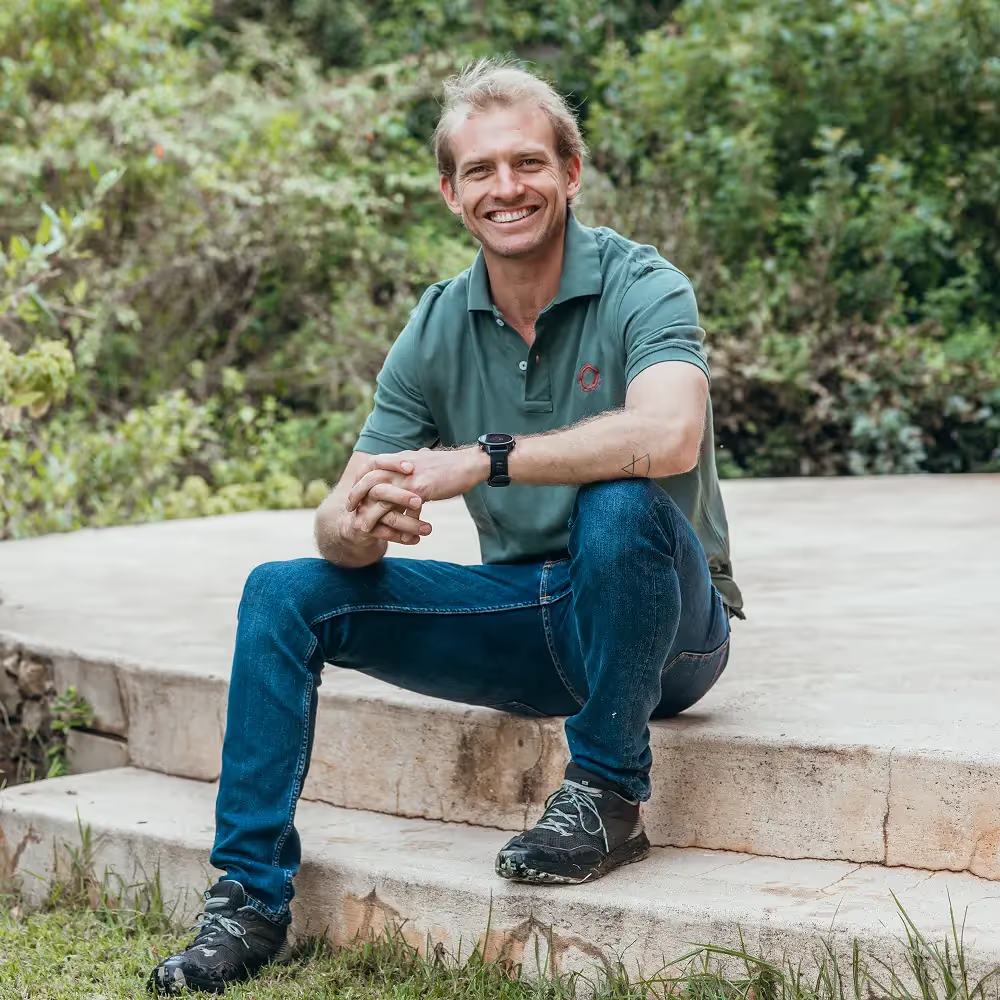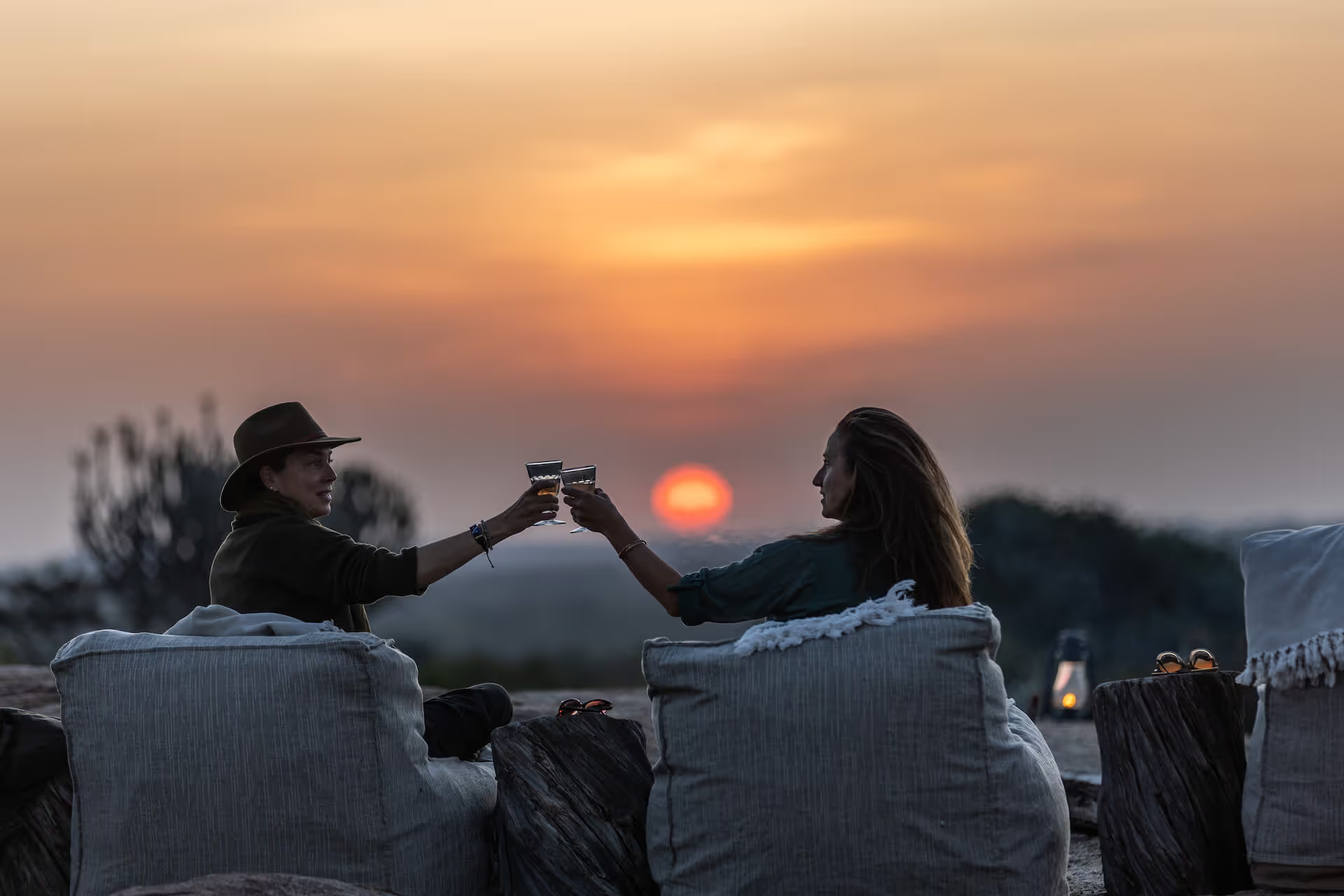
One of the most frequently asked questions by our prospective clients is “when is the best time to go on safari?”. That question isn’t as easy to answer as it may seem… Africa is a HUGE continent, affected my multiple weather systems and weather is also relevant to what you want to see and do, for example, it may be the ideal time for a safari in Southern Africa but not the best time for visiting the Western Cape. We thought we’d take a moment to summarise the weather for Southern Africa to help you with deciding when it is the best time to travel so that you can start to plan your visit.
SUMMER – December to February
Summer in Southern Africa usually signifies hot weather (sometimes with some humidity) as well as the main rainy season for most of the region – however it’s not all bad news. The rainy season over the northern and eastern parts of Southern Africa are typically very beautiful, with hot days and occasional thunder showers in the afternoons.
It’s a magnificent time of year with the rains comes birth and new growth - the bush becomes vibrant and lush, most of the antelope species start having their young and the migrant birds all arrive from the north. Although the denser vegetation and widespread water makes game viewing more challenging, it’s by far the most beautiful time of year. For first timers this may not be the most ideal time for a safari, whilst you will still see fabulous wildlife, it won’t be in the abundance that you would see them during drier times of the year. However for seasoned safari goers this time of year is spectacular with lots of special and unique sightings that will appeal after you have seen your fair share of the “Big 5”.
A huge draw to this region during these months is the zebra migration which takes place in Botswana, with animals from the Chobe and Okavango regions moving down towards Nxai Pan and the Makgadikgadi. The ancient migration routes are again being followed, as fences come down and zebras take the paths once followed by their ancestors. We like to think it’s still a relatively well kept secret and it is spectacular – a dazzle of zebra as thousands congregate together for the 1,000 mile journey between the Chobe River and Nxai Pan.

If spending some time sipping an ice cold sauvignon blanc at the beach after safari sounds like a great idea then this is the perfect time to be in Cape Town. This area gets the lions share of its rainfall during the winter and so their summer is the warmest and driest time of year.

There are few places that compare to Cape Town and it’s surrounding areas for the incredible scenery, multitude of activities and some of the best restaurants and hospitality in the world. And let’s not forget the Winelands, this is the perfect place to start or finish your Southern African safari!


January and February are classified as cyclone season in Mozambique and so is generally avoided over the summer period as there is heavier rain and the water has less visibility.AUTUMN - March to MayAs we enter into Autumn the rains slowly start to ease off, especially around April/May and fine weather can be found throughout the region. Game viewing in most of the typical safari regions starts to get progressively better as the bush slowly begins to dry out and get less dense.Areas like Mana Pools are now once again accessible. Rates at lodges are generally at their lowest at this time of year and certainly offer the best value for money. The Zambezi River is in full flood now and Victoria Falls is at its absolute peak! The mornings and evenings start to get a bit more crisp with winter on its way. May will usually be the start of the of the annual flooding in the Okavango Delta. Its incredible to watch the trickles of water seemingly flowing from nowhere arrive in the vast channels of the delta.

WINTER - June to AugustJune is the start of the main safari season in southern Africa. This is an extremely popular time of year as it not only offers the best in terms of wildlife viewing but also coincides with the Northern Hemisphere holidays. The rains are now over, the days are slightly shorter and the mornings and evenings are chilly. Due of the lack of rain, the surrounding bush thins out offering better visibility and surface water gradually starts to deplete. It’s at these dwindling water points that all the wildlife in the surrounding areas are drawn to, and one can often expect to see large numbers of wildlife gathering at these points.It’s the perfect time of year to look for leopards in the Sabi Sands as the visibility is much better and their tracks are easier to spot and find in the dry dirt.

The Okavango Delta is now in full flood attracting a host of animal species with it. These channels can now be explored by boat or local dugout canoe (mokoro) offering a unique perspective. Walking is the perfect way to experience areas like Mana Pools and the Kruger National Park with the cooler mornings and better visibility allowing for more comfortable conditions.

Winter however doesn’t mean that you can’t also be at the beach! It’s a great time to be in Mozambique with clear skies and warm weather. The humpback whale migration also reaches these shores at this time and great views of them can be seen whilst out on an ocean safari.

SPRING - September to NovemberThe days now gradually get longer and progressively hotter. Game viewing peaks over this period with the bush at its absolute driest. Surface water is now at its lowest and with October often dubbed the driest month of the year, you can expect loads of action around these pans and rivers. South Luangwa is a great place to be this time of year with some exceptional game viewing and walking on offer.

End of August into September sees the phenomenon of South Africa’s west coast wildflowers; when the arid, dusty earth of South Africa’s west coast bursts into fields of colourful flowers and is a spectacle not to be missed. The weather in the Cape is slowly getting better and this is the peak period for whale watching in the town of Hermanus. With the trade winds in Mozambique starting to shift from South to North, it also offers the best visibility for diving as well as the return of whale sharks to the area. Two hotspots for viewing them while on diving and snorkelling excursions are Praia do Tofo and the Bazaruto Archipelago. In Tofo they are most concentrated between September and February and in the Bazaruto Archipelago they congregate between October and April.

Subscribe to our newsletter
Lorem ipsum dolor sit amet, consectetur adipiscing elit. Suspendisse varius enim in eros elementum tristique.




